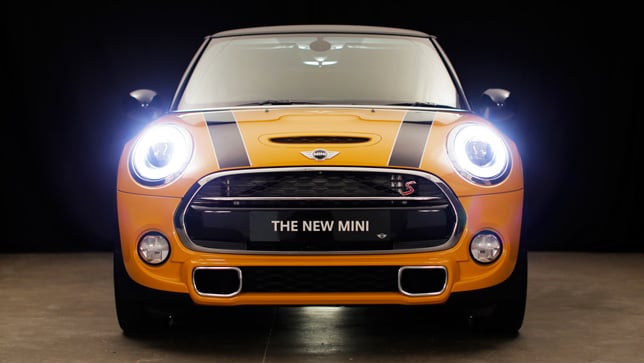Augmented reality road markings and signage "could be applied as a digital layer"
Dezeen and MINI Frontiers: London designer Keiichi Matsuda explains how augmented reality could transform the way we navigate the city in the first of our video interviews with designers participating in our Dezeen and MINI Frontiers exhibition.
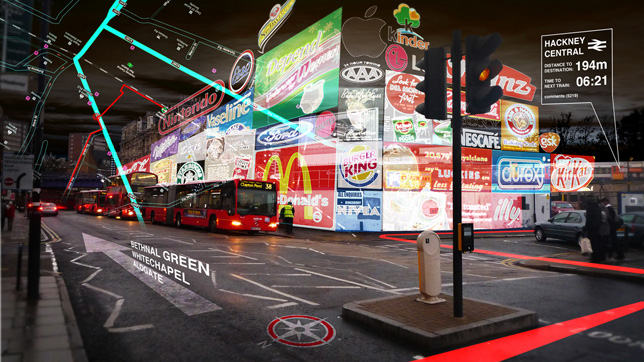
"The type of future that I'm imagining is a future where augmented reality is everywhere, it's part of everything," Matsuda says. "A lot of the things we take for granted when we're navigating the streets – the road markings, the signage – all of that can be applied in the digital layer."
He continues: "If we consider that, the way traffic systems work could become much more dynamic and much more free-flowing."
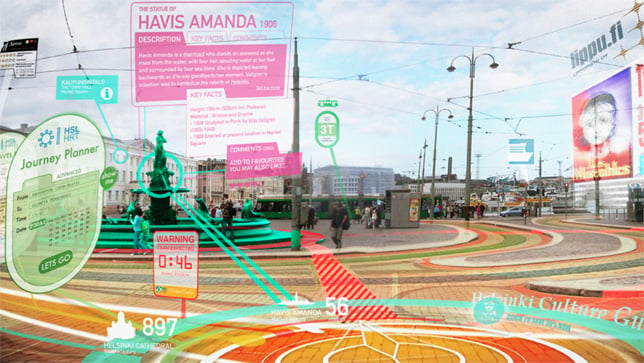
Currently augmented reality – in which digital information is superimposed on top of the real world – is limited to using a physical interface such as a tablet or a headset like Google Glass. Matsuda believes that is about to change.
"I'm aware of some projects happening right at the moment, which are set to revolutionise this kind of process," he says. "People are looking into contact lenses and the other big thing is projecting directly onto your retina."
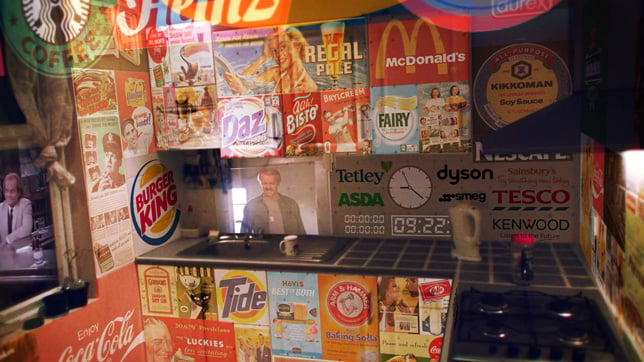
Matsuda is working on a series of films called Hyper-Reality exploring what living in an augmented city might be like, which will be exhibited as part of the Dezeen and MINI Frontiers exhibition during London Design Festival in September.
Set in Medellín, Columbia, each movie will be from the perspective of a different character as they move around the city.
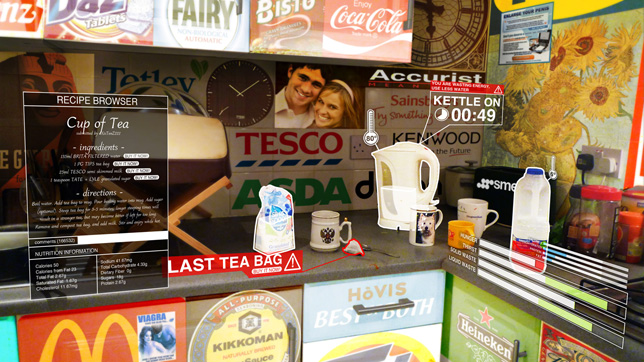
"We're never actually going to see the faces of these characters, it's all shot point of view," Matsuda explains. "But you'll be able to understand a lot about the character just by looking at those environments."
"One of the defining characteristics of augmented reality is that it is subjective. Everybody can see their own version of the city. And that means that everything is customisable."
"If you imagine a city as a series of layers or a series of feeds, you'd be able to subscribe to just the ones you like. So the city itself becomes a reflection of our tastes and interests."
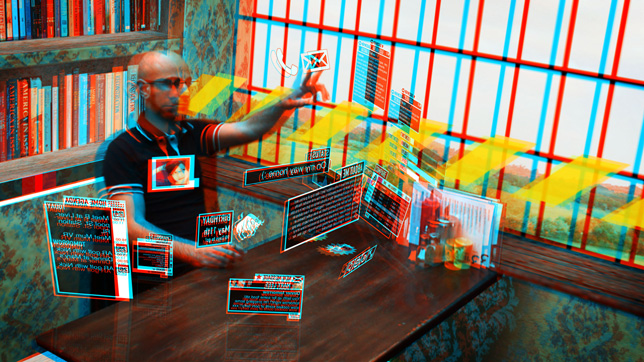
One of the scenes will focus on what it is like to drive through an augmented city. "The film is going to look at the in-car functionality – what the dashboard of the future might look like," says Matsuda. "But the main focus is going to be what's happening outside the car, the transport infrastructure."

The Dezeen and MINI Frontiers exhibition will take place at designjunction during London Design Festival from 17 to 20 September 2014.
The music featured in the movie is a track called Contemphasic by Bankcee. You can listen to more original music on Dezeen Music Project.
Dezeen and MINI Frontiers is a year-long collaboration with MINI exploring how design and technology are coming together to shape the future.
